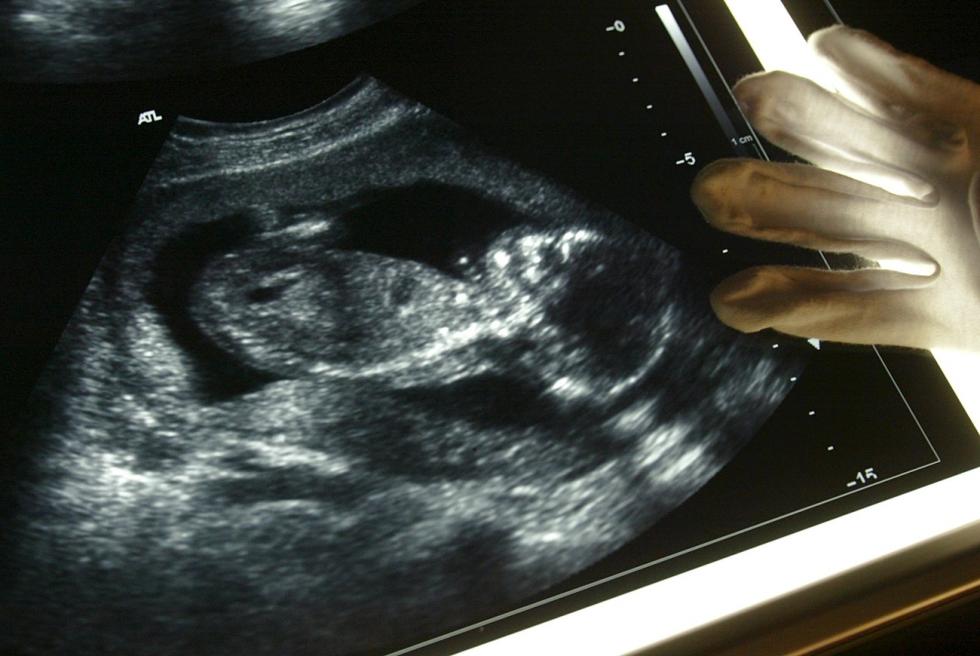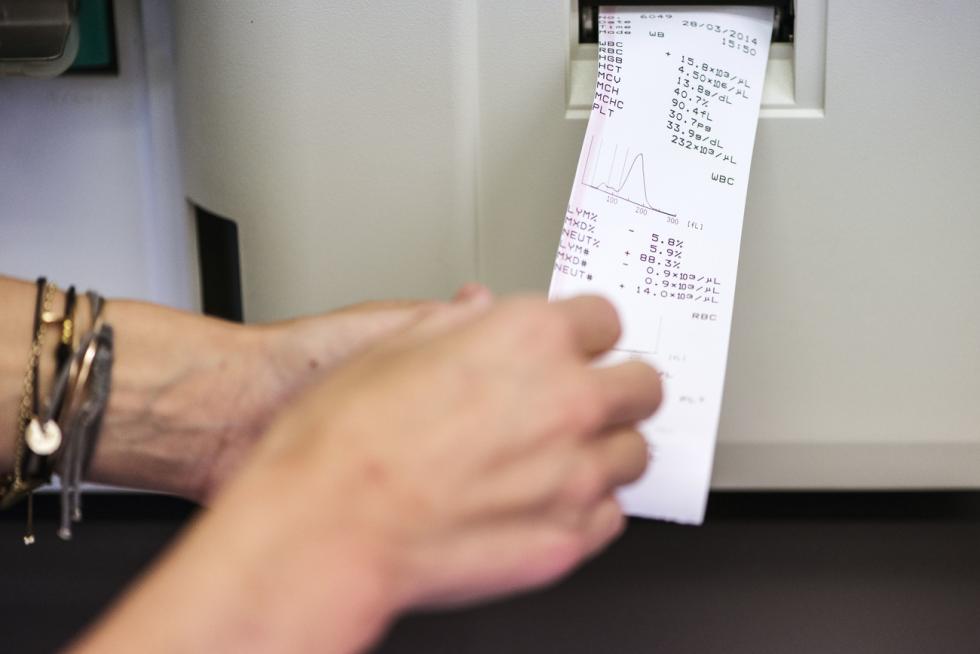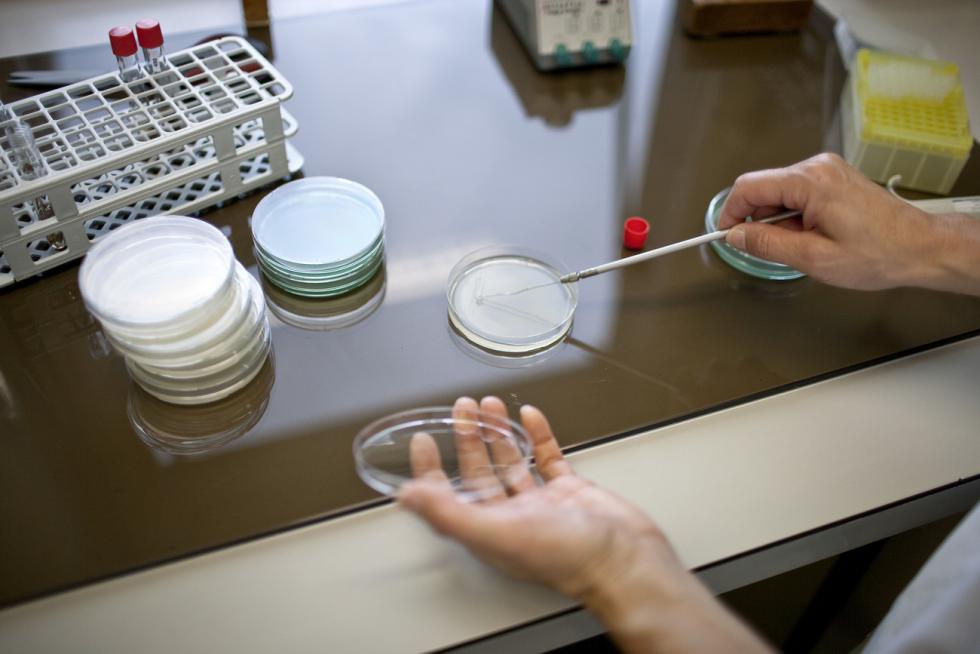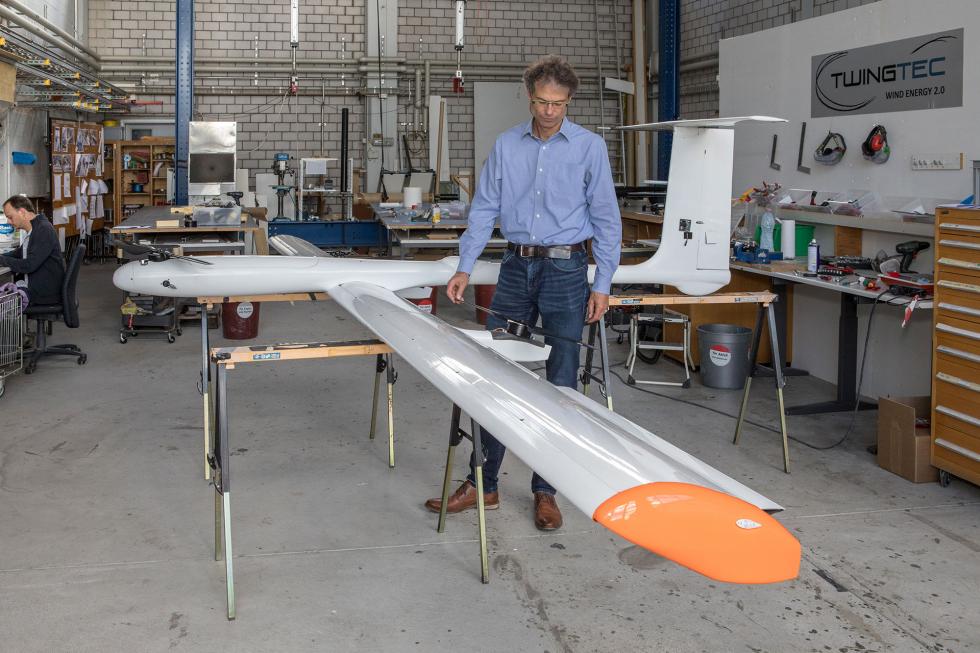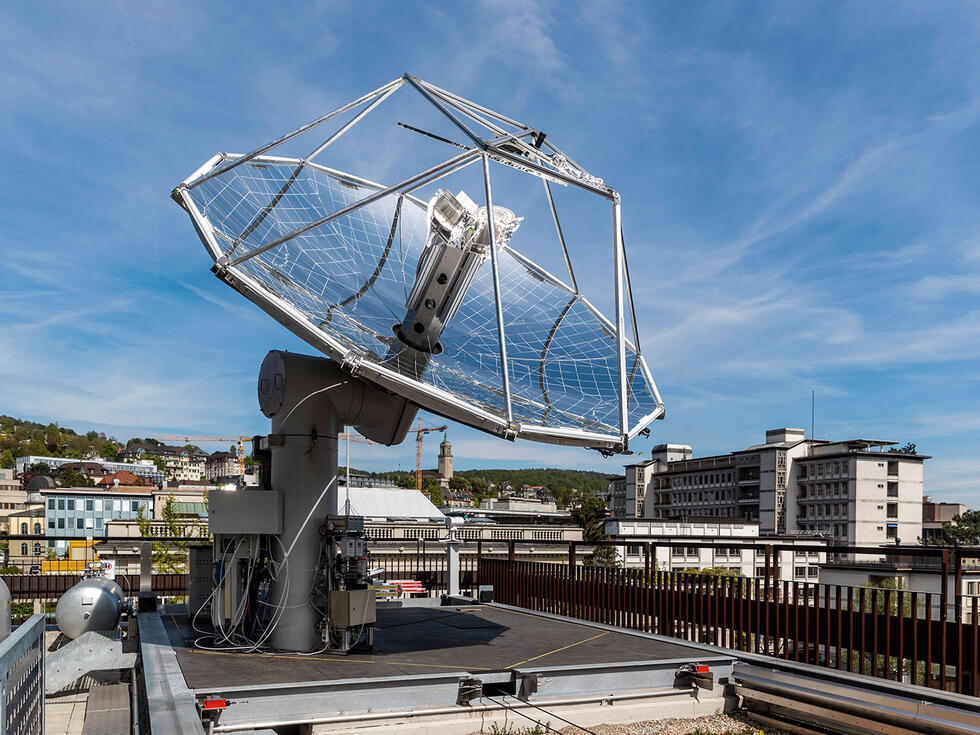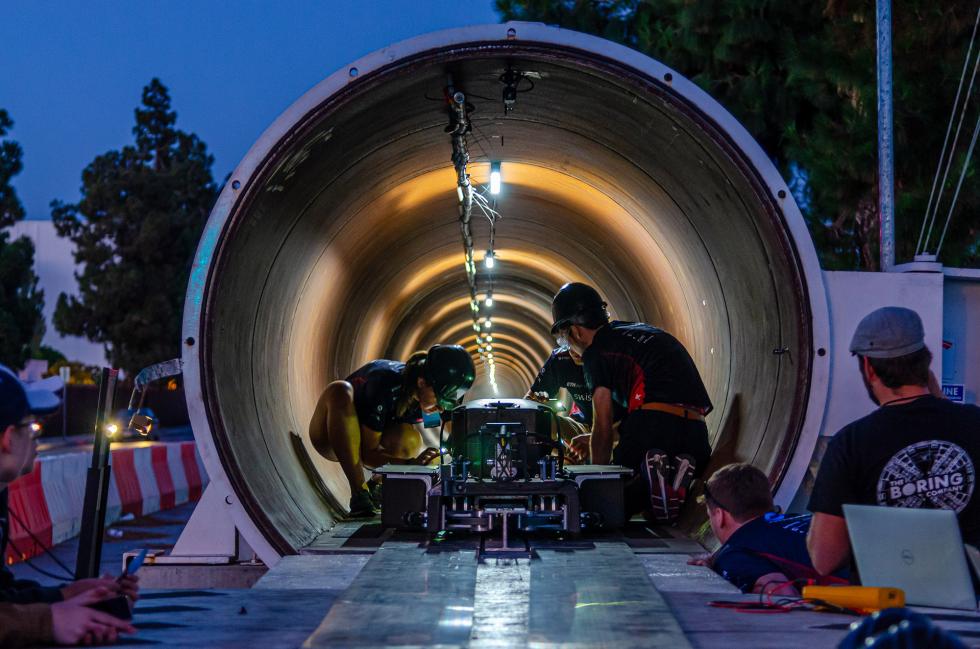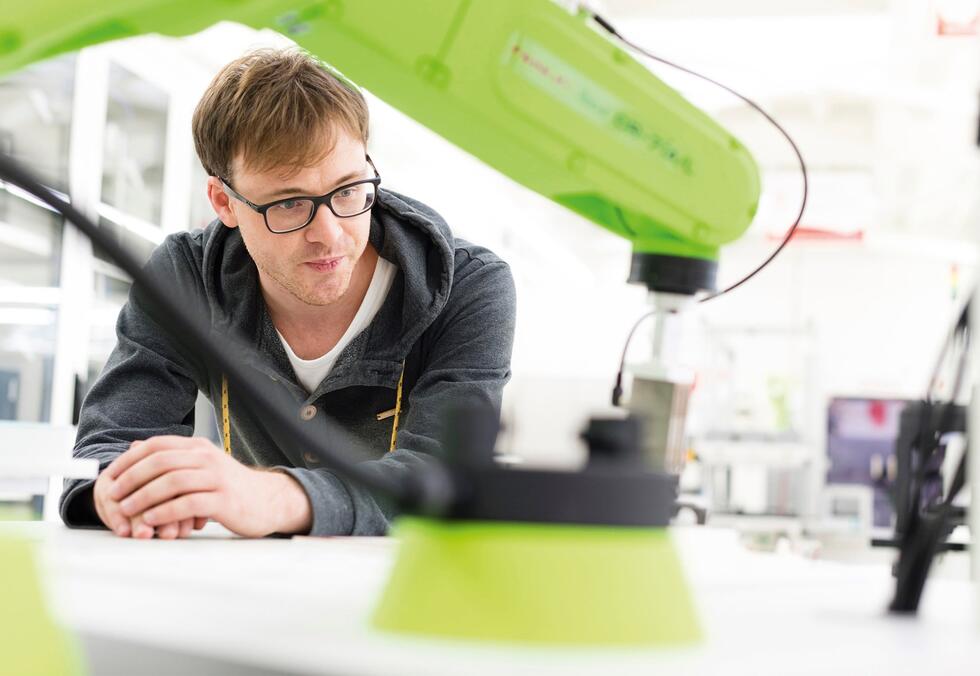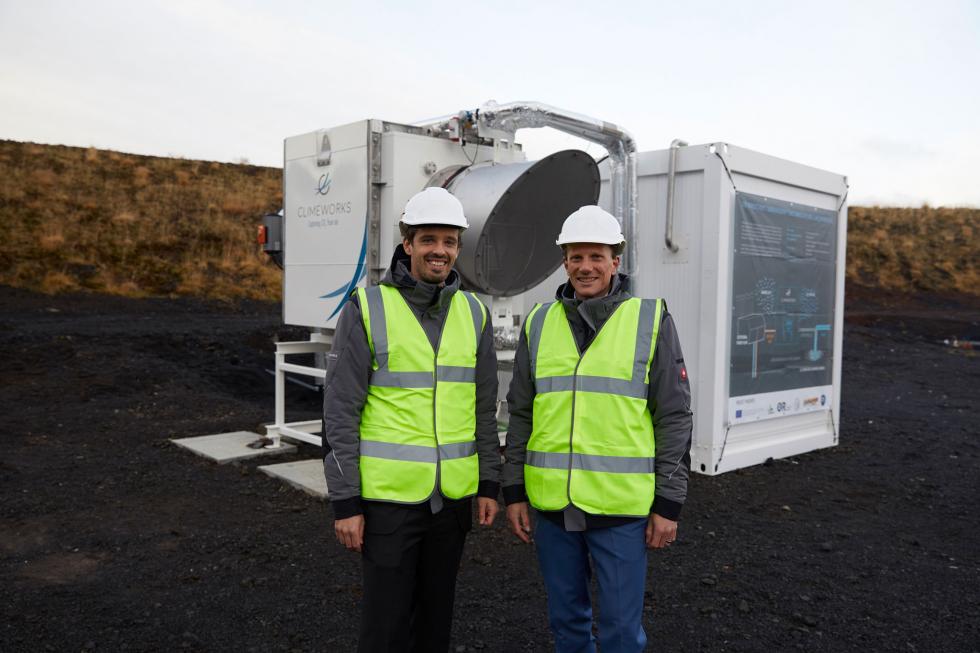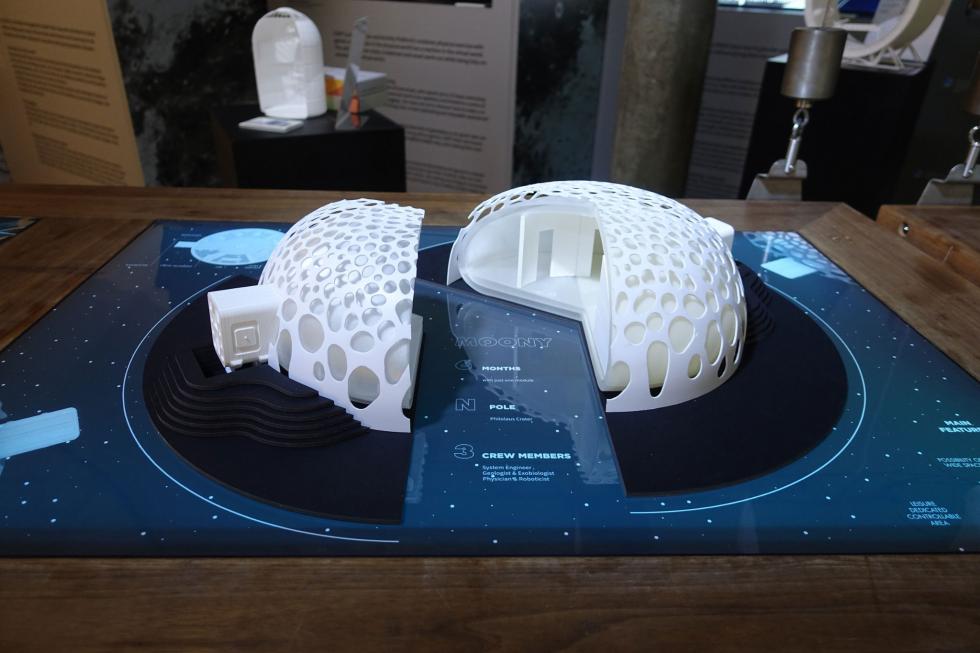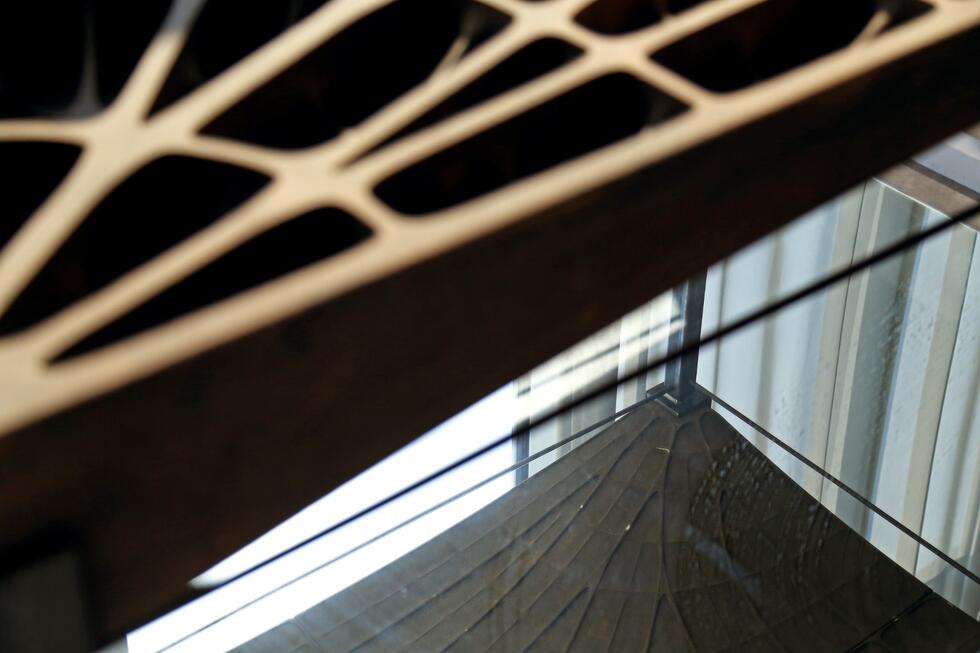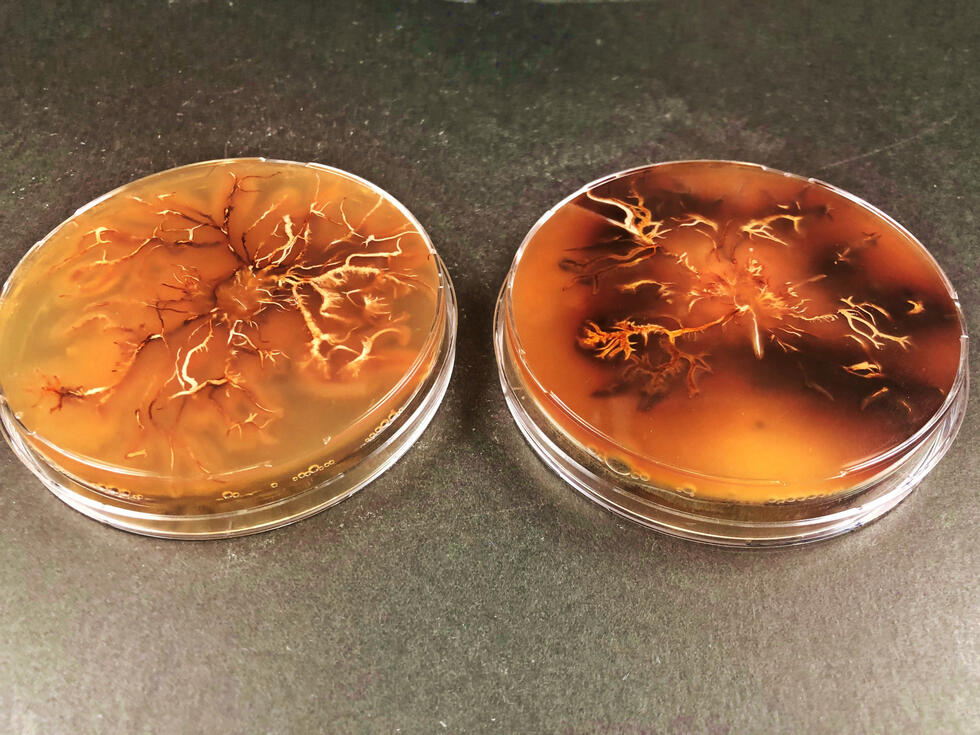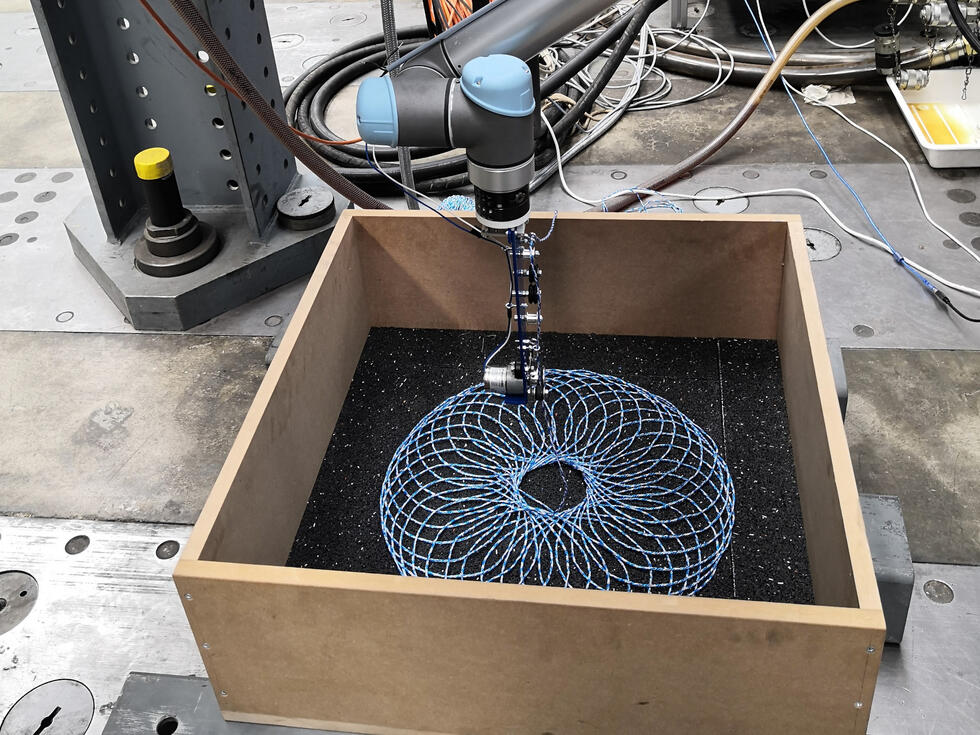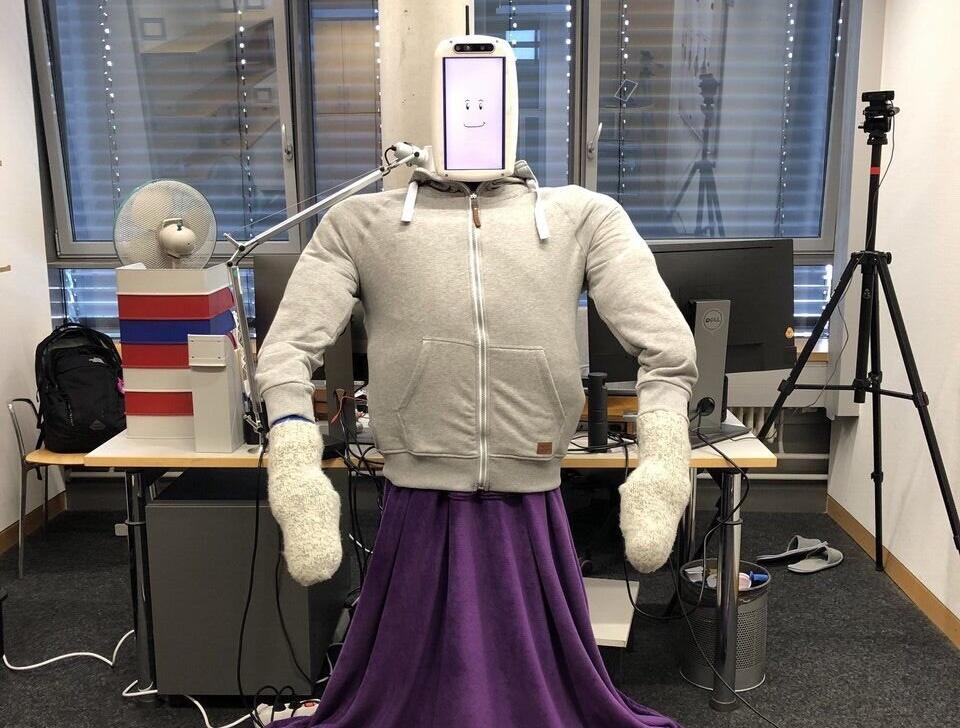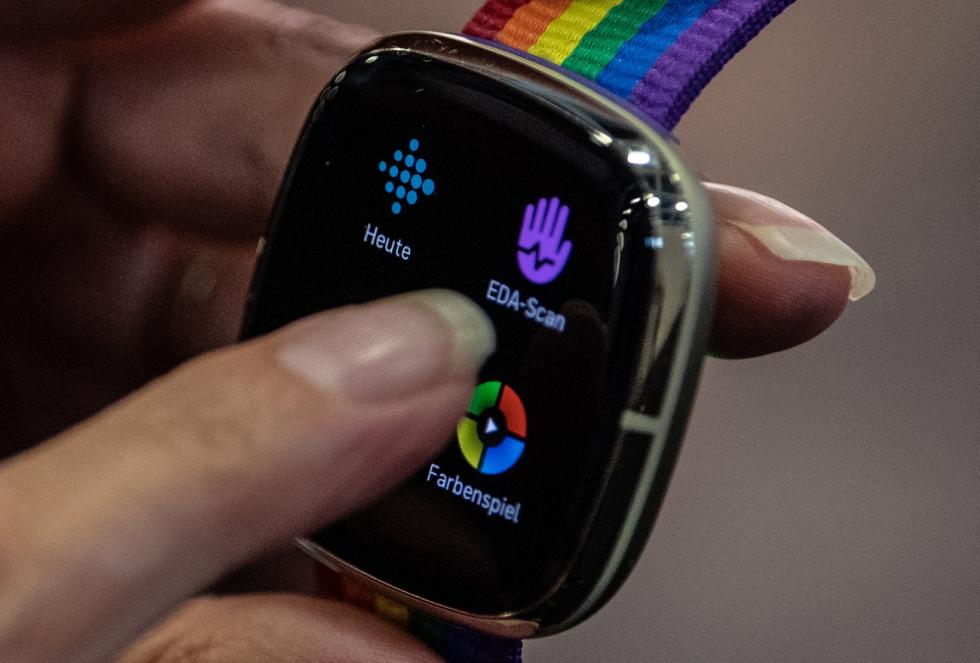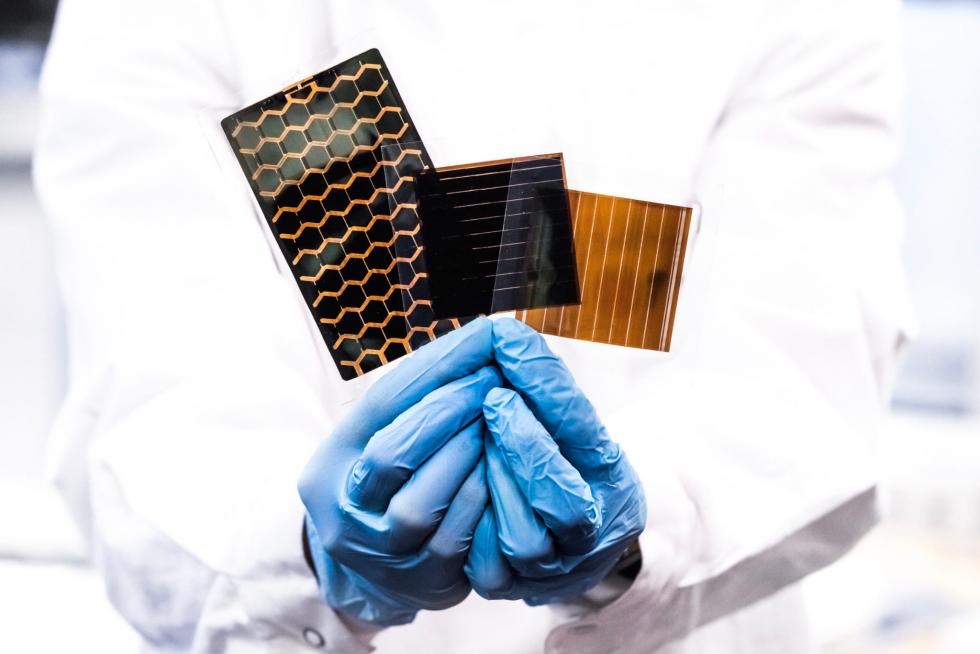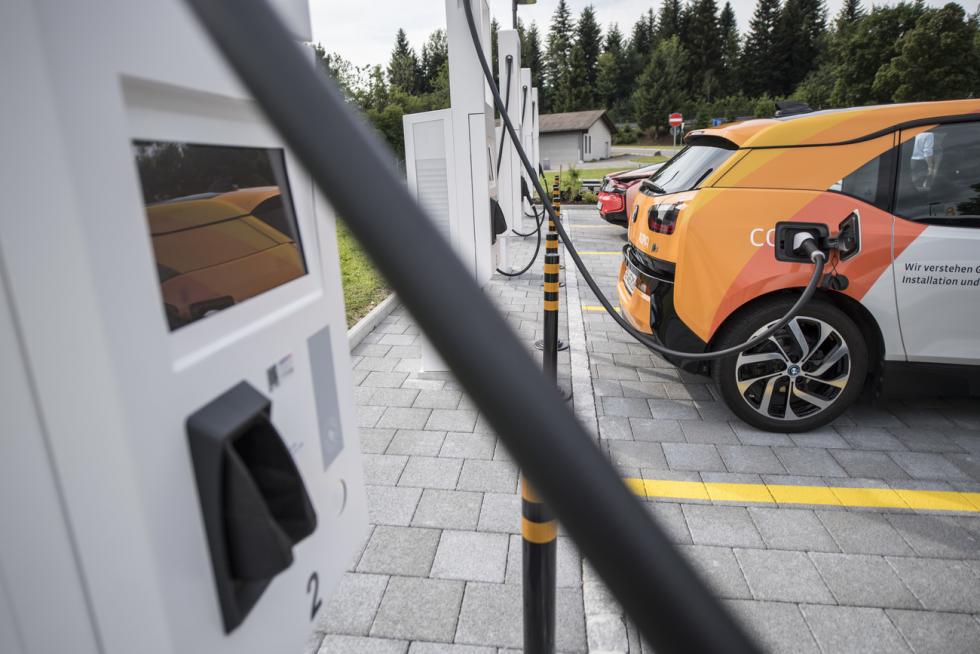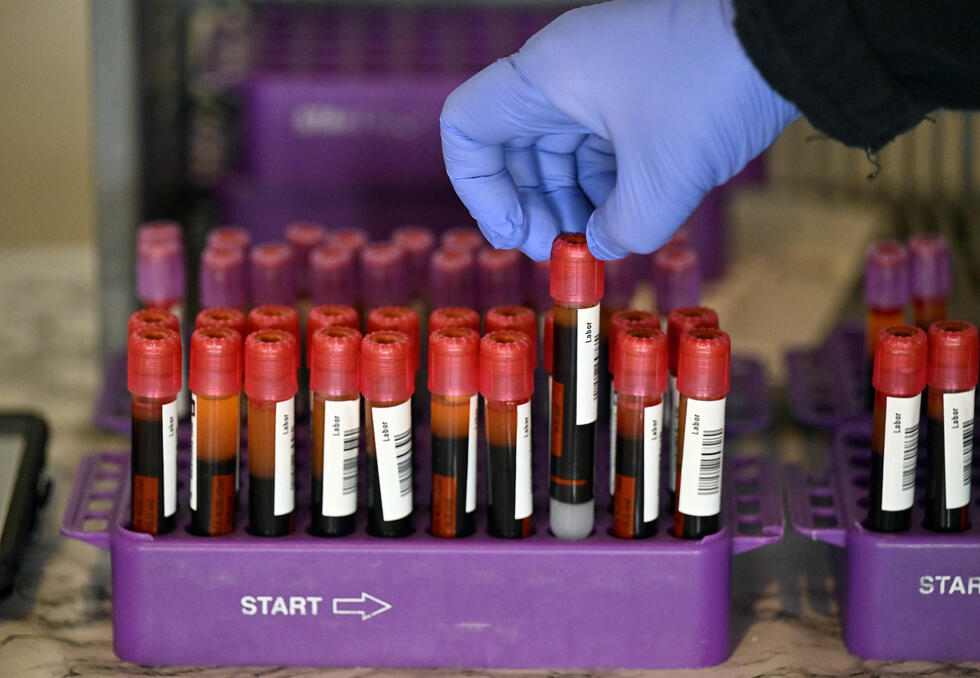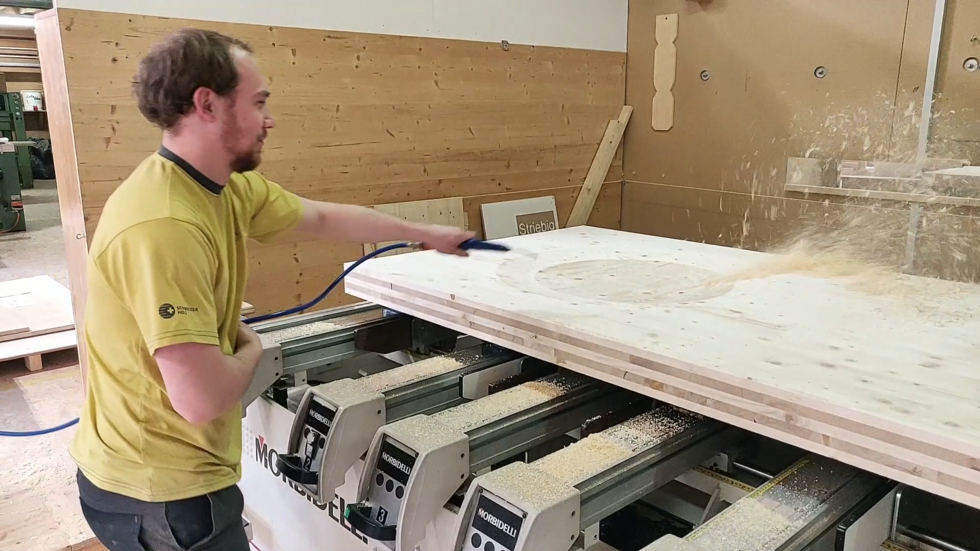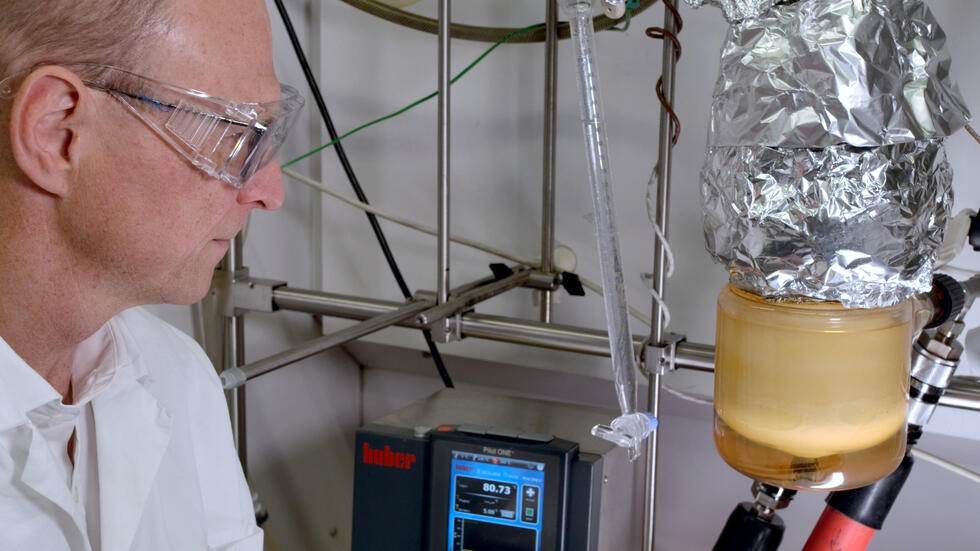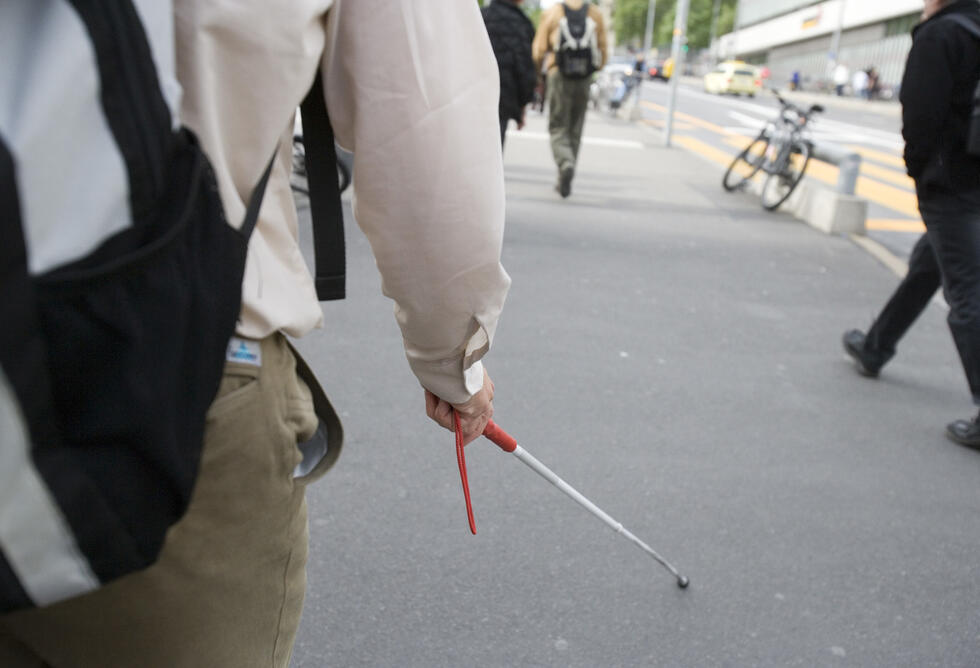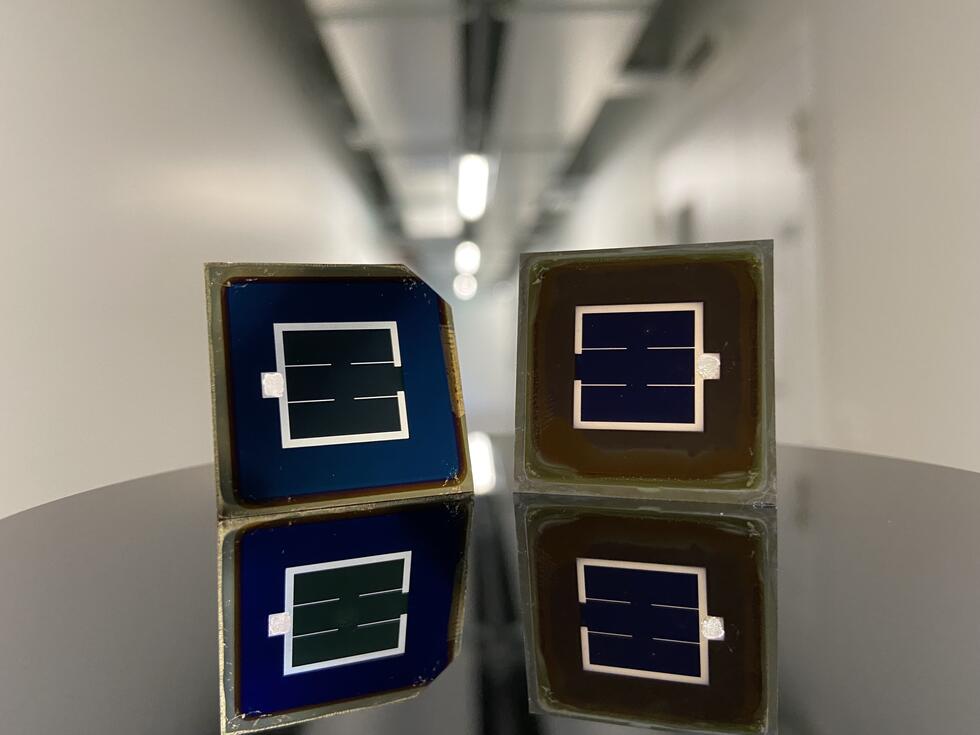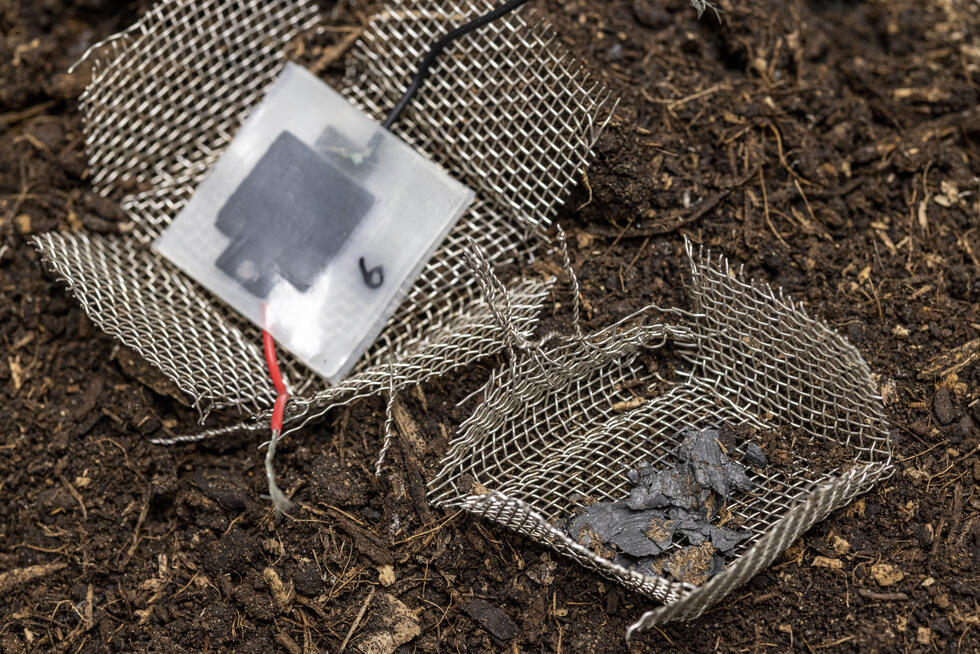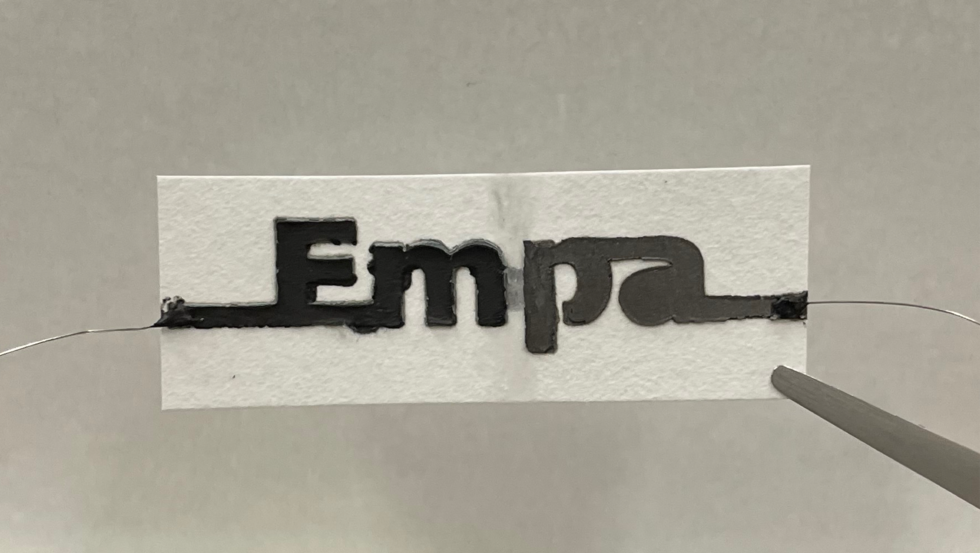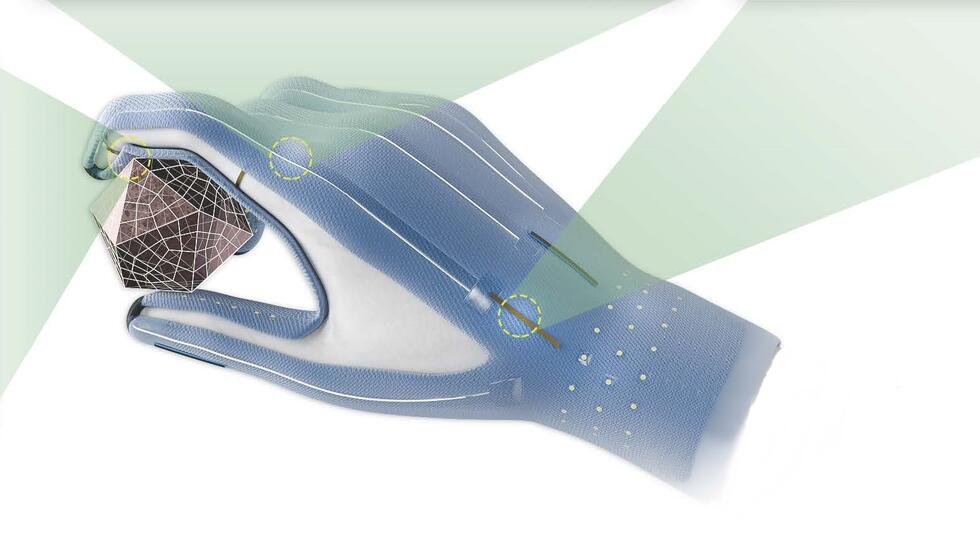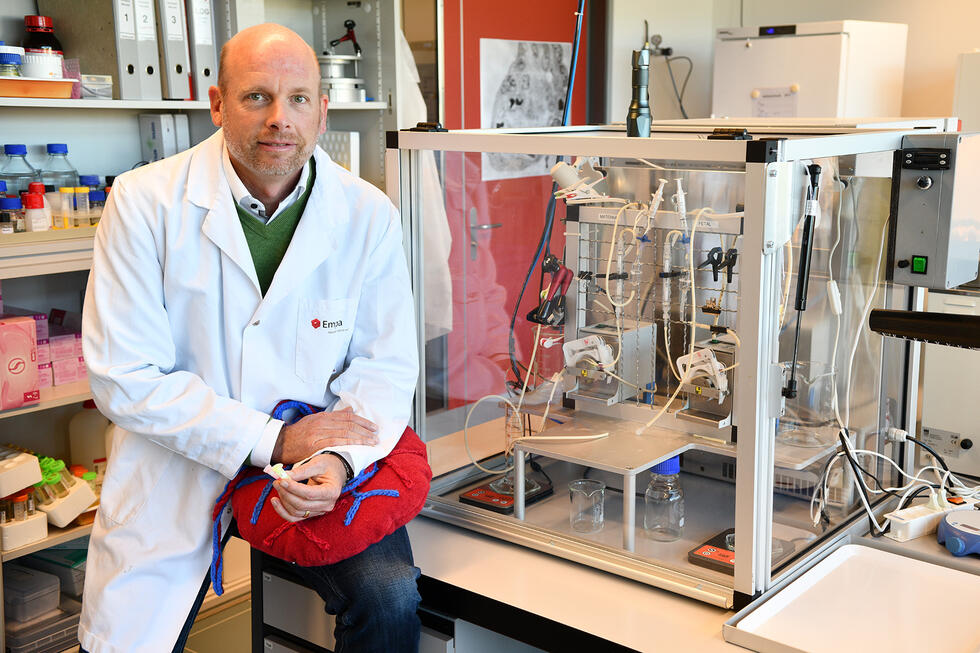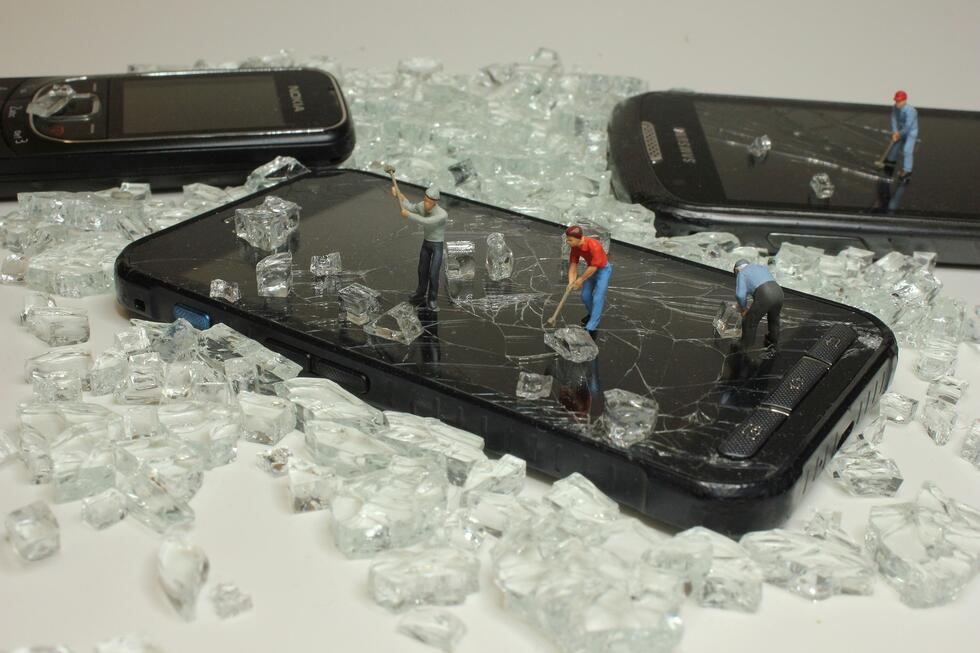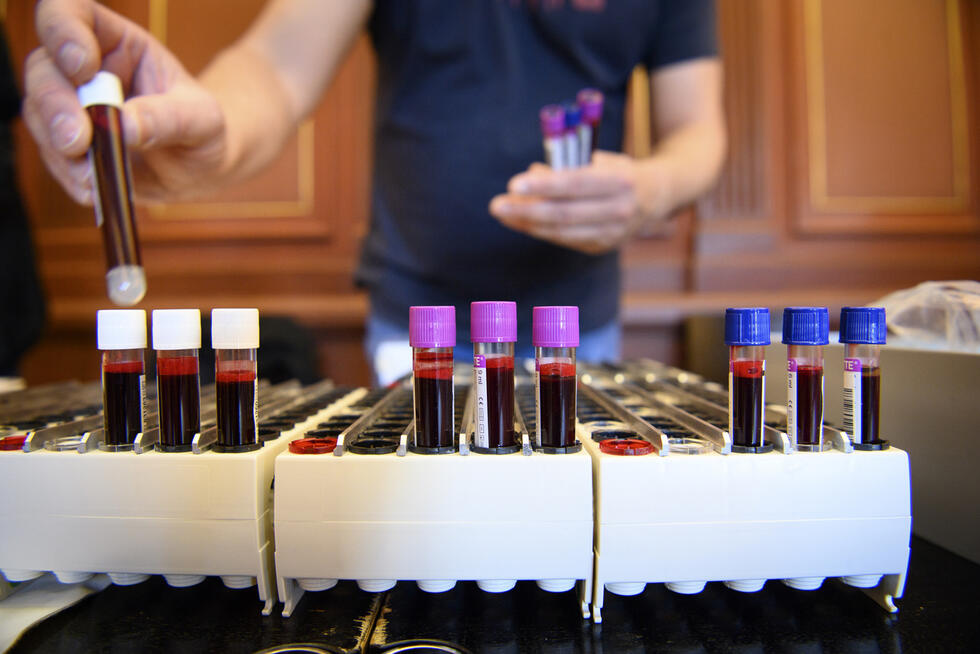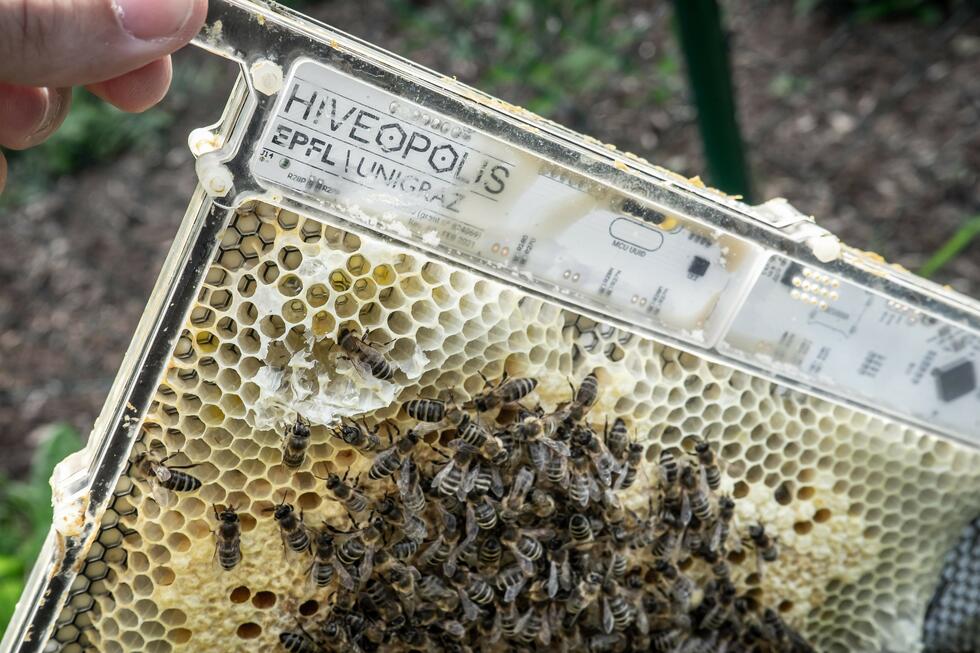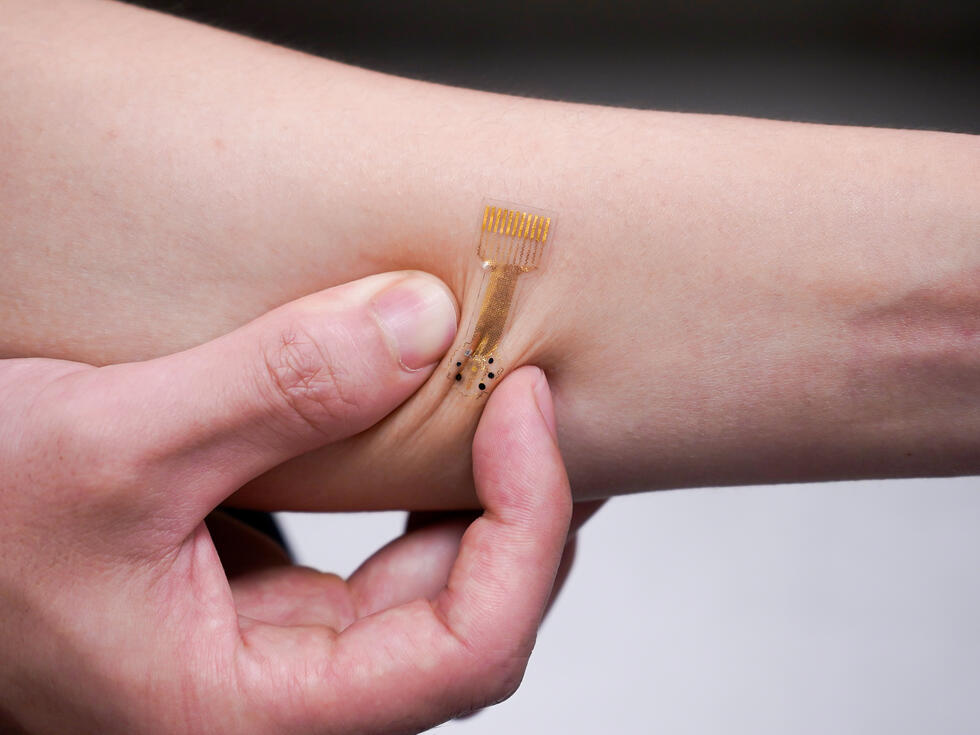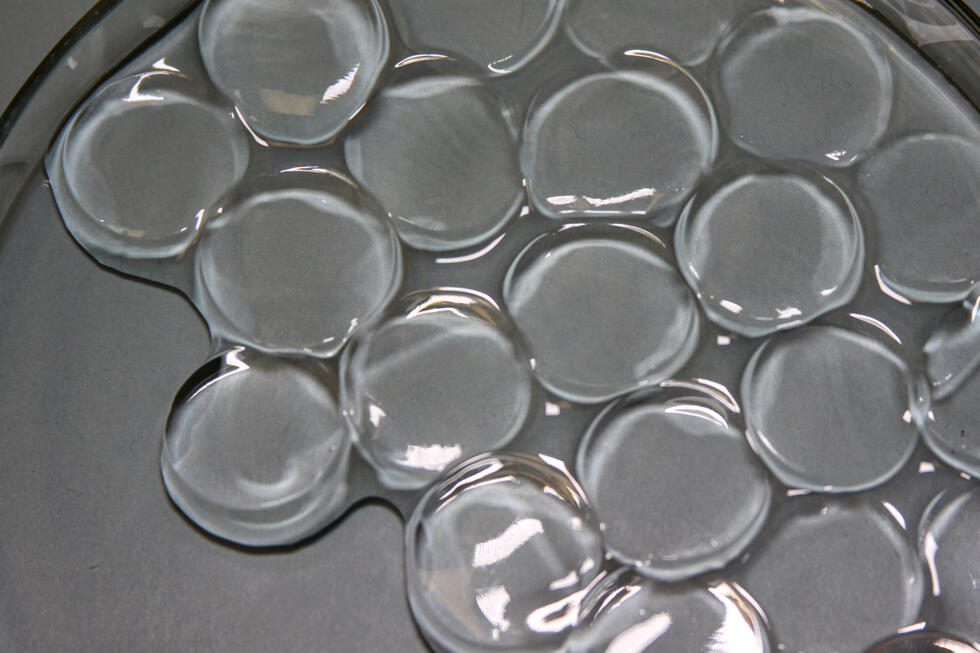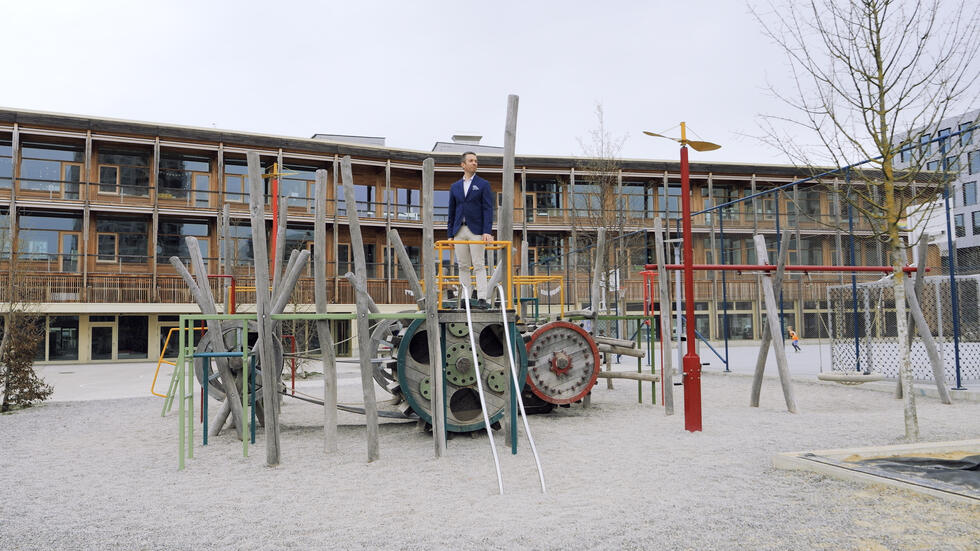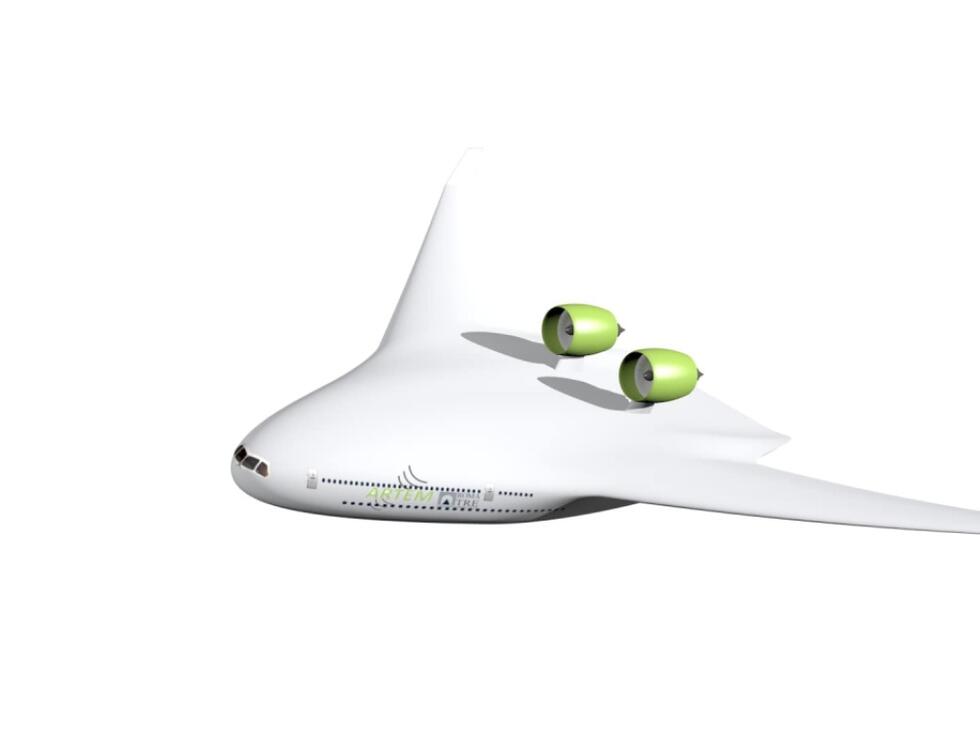SHORT NEWS
New type of electrode could help blind people
With the aid of a new type of neuronal electrode, researchers at the Swiss Federal Institute of Technology in Lausanne (EPFL) hope to stimulate the optic nerve. In the future, this could potentially assist blind people in their everyday life. The scientists have already achieved very promising results in animal experiments.

Worldwide, around 39 million people are blind. The reasons for their blindness range from accidents, glaucoma, and retinal detachment and through to infections and genetic defects. Researchers are working on various technical solutions to help blind people regain a certain form of vision in the form of light impressions. Researchers from the EPFL, led by Silvestro Micera and Diego Ghezzi, have presented a new approach in the “Nature Biomedical Engineering” journal.
It is a special type of electrode that can be used to stimulate the optic nerve, as the EPFL reported. Researchers have been trying to stimulate the optic nerve to transmit visual information through the eye to the brain since the 1990s. So far, they have relied on what are known as cuff electrodes. However, these have a number of disadvantages, as the EPFL explained: They are rigid, they move about, and as a result lead to constantly changing visual impressions that are difficult for patients to interpret.
The situation is different in the case of the intraneural electrodes presented in the article: Instead of enclosing the nerve, they penetrate it. They are said to be more stable and to move about less after implantation.
Specific signals
Diego Ghezzi and Silvestro Micera, together with their team from the EPFL and the Sant'Anna School of Advanced Studies located in Pisa, Italy, have developed an array of 12 electrodes which they have named OpticSELINE. The electrodes are intended to stimulate the various nerve fibers in the optic nerve. They tested the system on rabbits by activating the implanted electrodes and observing the brain activity of the animals. They were thus able to show that the individual electrodes could be used to transmit specific signals.
It is not yet clear exactly what visual impressions the electrode array conveys. “So far, we know that intraneural stimulation has the potential to produce informative visual patterns,” Diego Ghezzi explained. “It will require feedback from patients participating in future clinical trials to accurately tune these patterns.” From a purely technological perspective, clinical trials could begin tomorrow.
For human applications, OpticSELINE could consist of between 48 and 60 electrodes, the EPFL reported. This limited number of electrodes would not allow the complete restoration of vision. The visual impressions conveyed, however, could at least be an aid in everyday life.
Light impression without light
Another possible way of helping blind people to at least achieve a rudimentary form of sight, would be to stimulate the visual cortex of the brain. However, the implantation of electrodes in the brain is associated with certain risks. Another possibility would be retinal prostheses, which are being developed by various companies and research institutions. However, for medical reasons, the use of such prostheses is only possible in a very small number of patients.
Intraneural electrodes would probably be suitable for a large number of patients, since in most cases, the optic nerve and thus the path to the brain is intact.
The aim of all these approaches is to generate what are known as phosphenes: light perceptions in the form of white patterns that are generated not by light but by other stimuli. An everyday example of phosphenes are the flashes of light that you see when you apply pressure to the eyeball.

